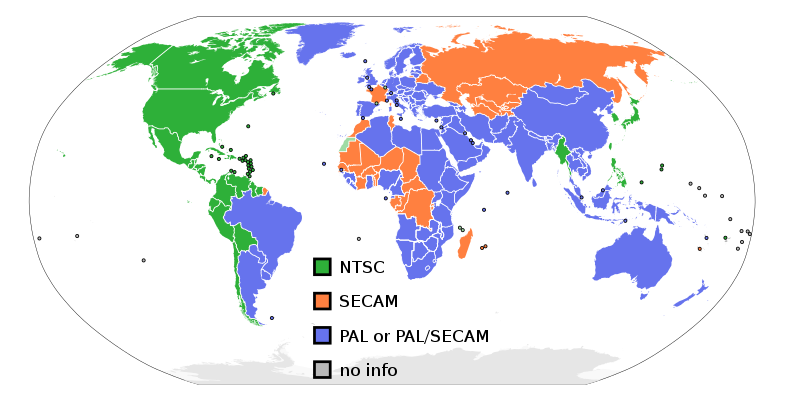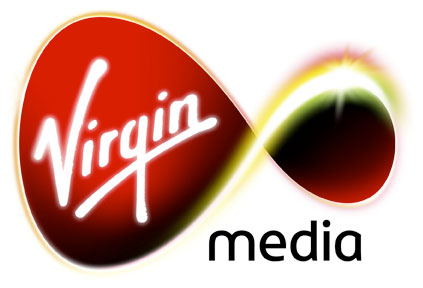Within the UK there are 5 main analogue networks which are broadcast through Terrestrial TV using radio waves through antennas and aerials. These channels include: BBC One; BBC Two; ITV1; Channel 4 and Channel 5.

BBC One and BBC Two are Funded by the pupils annual TV licence, as the BBC is a Pupil service broadcaster.

ITV was the first independent television channel, in which ITV stands for, and broadcast terrestrial but from different sources in different regions. Channel 4 and Channel 5 are also independent networks.
 As they are independent, they depend on regular and often, commercial breaks for advertising, to provide the funds to run the television company whereas, the UK BBC do not advertise and only have breaks at the end of programmes, where only BBC products are advertised such as upcoming programmes.
As they are independent, they depend on regular and often, commercial breaks for advertising, to provide the funds to run the television company whereas, the UK BBC do not advertise and only have breaks at the end of programmes, where only BBC products are advertised such as upcoming programmes.BBC Two was the first channel to broadcast colour television in Europe, in 1967, which was of a Wimbledon tennis match. The other channels followed one year after.
All of these analogue networks I have listed above are going to be taken on by a digital network such as Virgin Media or Sky, as in 2012, the 'Digital Switch Over' will take place and analogue Television will be switched off.
In 1948, Cable Television was introduced, in which cables would run from community antennas to individual households. This was seen as a much more reliable source for signal and even a wide-screen image. Cable is most popular in Europe, East Asia, North America and Australia. A large digital network is ran through cable TV, which is Virgin Media.
Later on in 1962, Satellite Television was launched, which occurs by a communication satellite delivering signals to satellite dishes of individual households. An advantage of satellite TV is that the customer can receive a wider range of channels. A large digital network ran through Satellite Television is Sky.
- Wide-screen TV began in the late 1920's making some short film's images the aspect ratio of 16:9 from the normal aspect ratio of 4:3. In the current times, wide-screen TV ratio is now something every programme and film is consisted off when producing and most TV's have the option of Wide-Screen.
- High Definition TV came about in 1998. HD consists of 1080 horizontal interlaced lines producing a much higher quality image.
Broadcasting Standards!
PAL stands for Phrase Alternative Line and is the UK's Television broadcasting standard, which is made up of 25 frames per second.
NTSC stands for National Television System Committee which is the television standard in the USA. NTSC consists of a larger amount of 29.97 frames per second.
NTSC stands for National Television System Committee which is the television standard in the USA. NTSC consists of a larger amount of 29.97 frames per second.
SECAM stands for Equential Color with Memory. SECAM was originally and is mainly used within France and was the first television standard to provide colour.

From this diagram, it is clear that the majority of the world uses PAL, which is also the UK's standard broadcaster.




No comments:
Post a Comment